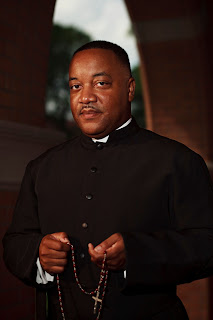A side of photography that many people don't think about is what I call the "darker side" or the business side of photography. I can already sense you yawning and about to click to another website. Don't move that mouse or your finger! Read on. This won't be a long post and anyway, I have some recommendations below :grin:.
Doing business is tough for me. It's not part of my nature, but if I am to succeed in my photography I have to do business. Basically that means I have to offer:
- Great customer service
- Knowledge
- Value for money
- A product that no one else offers, i.e. a draw-card for people to choose me over someone else
- Fair prices
Your knowledge, which is then translated into incredible photographs, is what sets you apart from the point-and-shoot photographer at the wedding you're photographing next Saturday, or the competition entry of food that you're setting up in your living room. Knowledge is power, but what I continue to be amazed at, is that so many great photographers are happy to share that knowledge with both noobs and pros at no cost whatsoever. Get involved in a photo club in your community, mentor kids at a local school or after-school programme. Share your knowledge and obtain knowledge from websites such as Fred Miranda, Open Source Photo, Strobist and many others, and let them critique your photographs. Don't settle for "oh that's great!" Improve. Get better. Push the limits. Light the baseball/cricket ball/orange differently! Get out of the rut of mediocrity. Btw, rut is just another word for grave!
Last night, someone asked me where they could find a place online that could tell them how much to charge for their photographs. I told them that there isn't any place like that. There are places that can guide you, BUT pricing your product is not simply about making a buck. It is a combination of your experience, demand for your product, combined with satisfying the client's needs. Price yourself too high, and you'll have no clients. Price yourself too low and you won't eat. What's more, if your prices are too low, clients will often wonder why your prices are so low. In other words, your price structure can put you out of the game before it even starts. Sometimes other photographers will share their information with you, or you can even find it listed on their websites, but if you're a member of ASMP or PPA call someone up in a city in another state with similar demographics etc, cost of living to yours and ask them. More often than not, they will help you, because you're not a threat.
Finally, what do you offer that no one else around you does? How do your photographs different from those of Jim Photographer and Mary Shooter? Why should anyone hire you for still photographs over Lee Videographer with his new Canon 5D II that shoots still AND video?
So, here are two books that I would highly recommend every photographer have as part of his/her library:


Please note that Harrington has a new edition coming out this coming October!
That's it for now folks!





